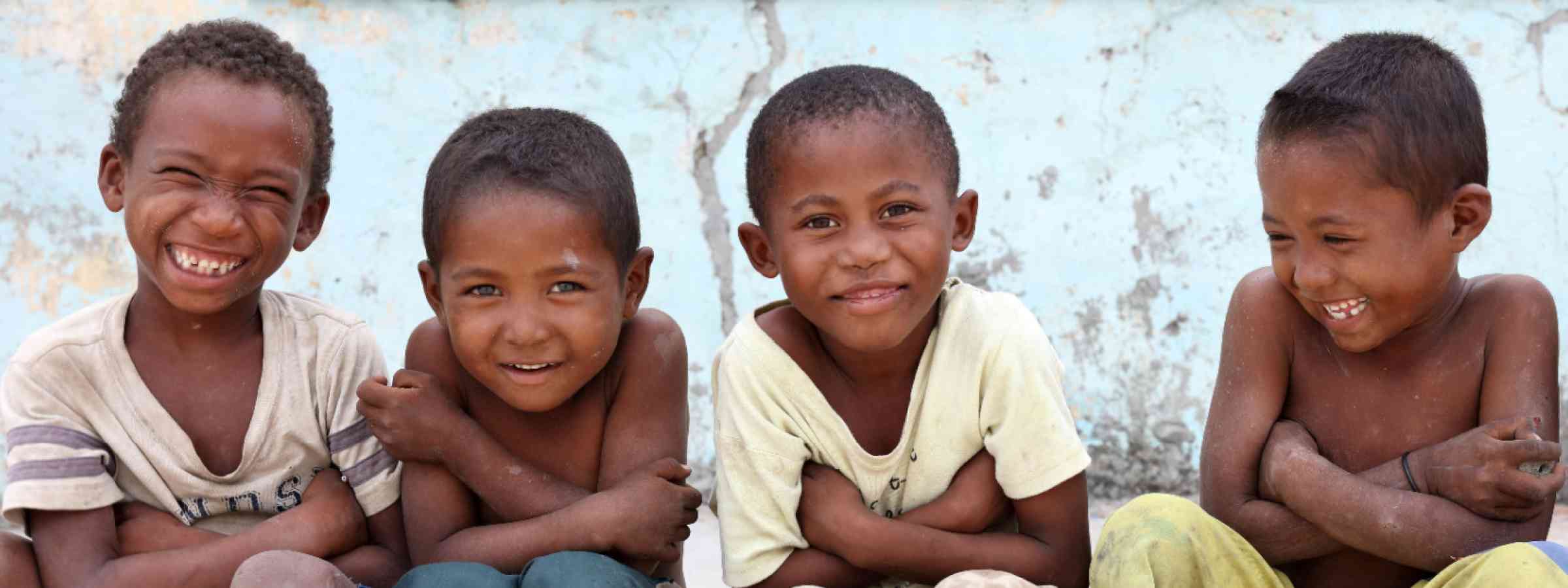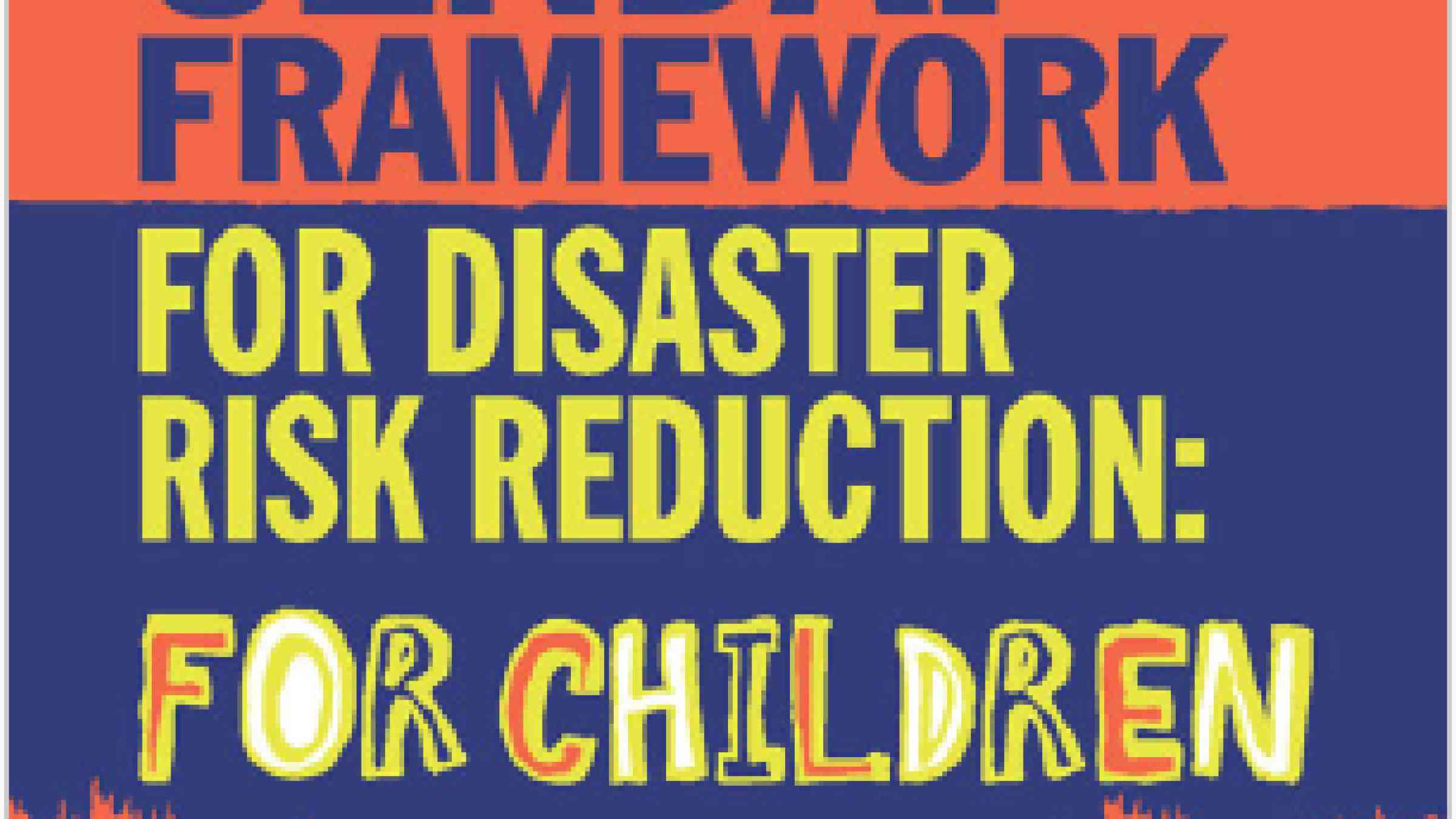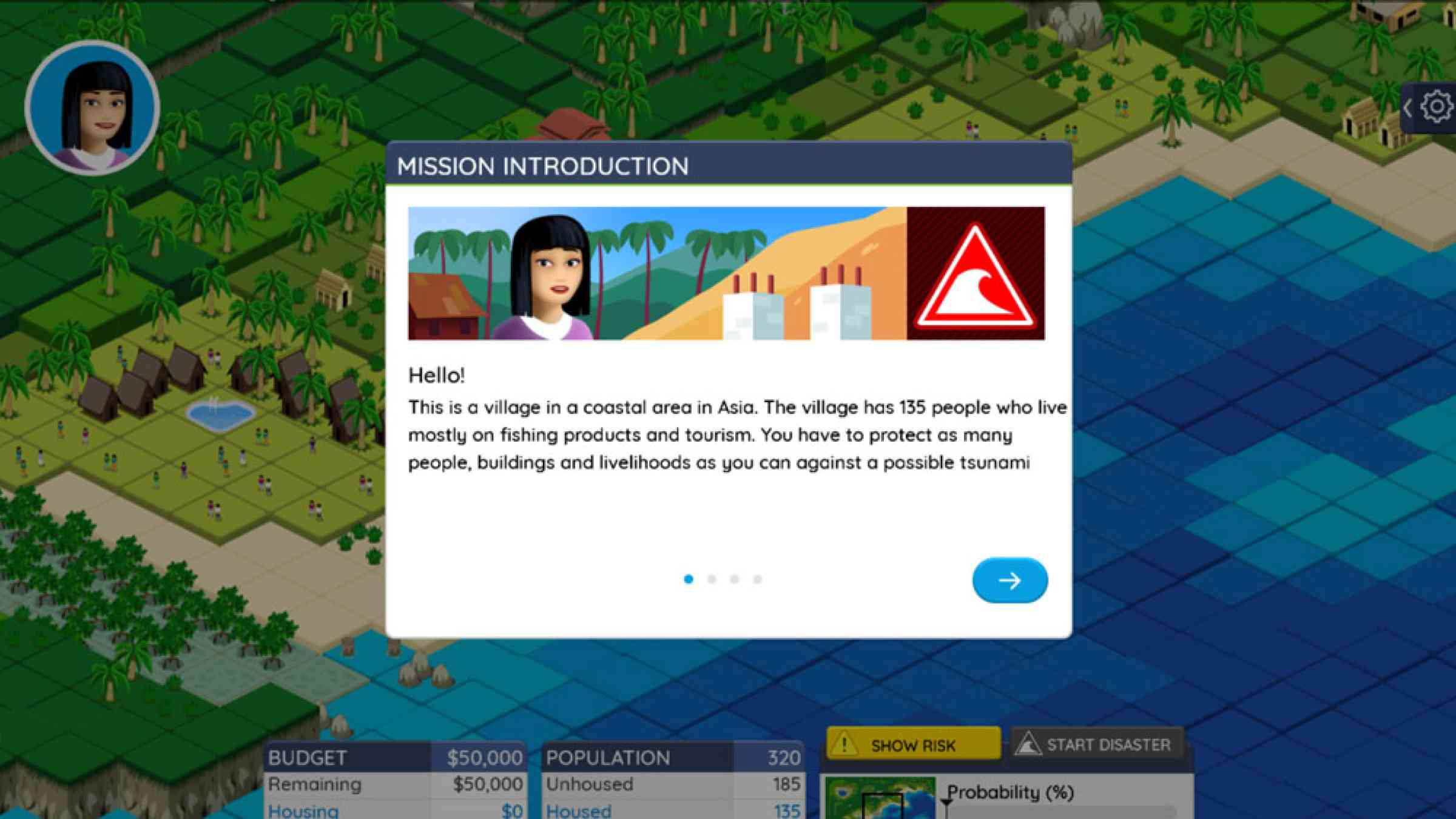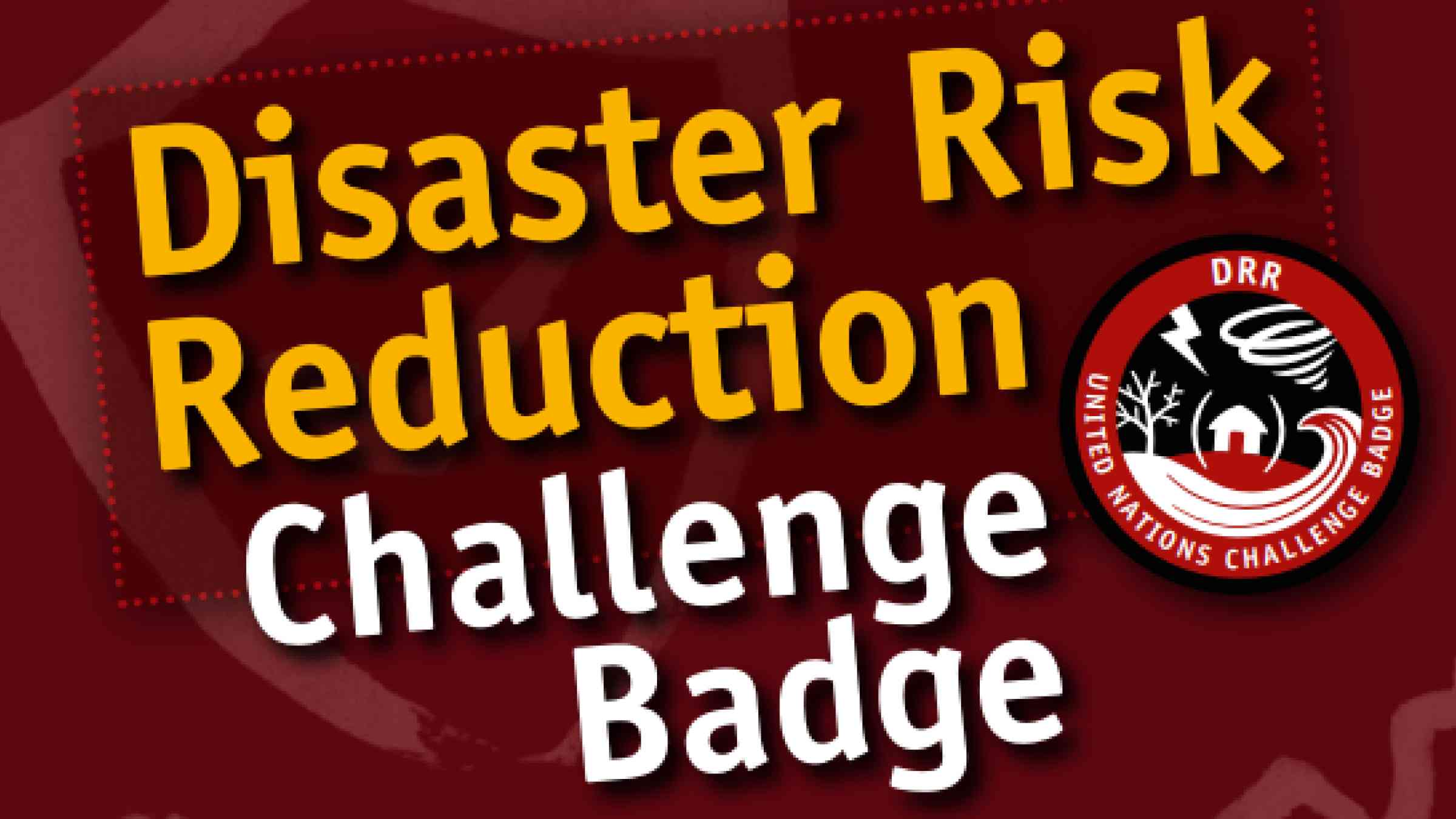Disaster risk reduction for children
Children who understand dangers, who are empowered and listened to, can play an important role in their own protection. When children speak out, and their needs are prioritized, they contribute to long-term development after a disaster, and help build safer communities for everyone.
Understanding disasters, risks and hazards
What is a hazard?
A hazard is an event or a process, either natural or human-made that can cause harm to people, their belongings and their environment – if they do not take precautions.
These are different types of hazards. Some are natural, such as earthquakes, hurricanes, volcanoes, floods, drought and landslides.
Others are caused by people, known as technological or human-made hazards.
What is a disaster?
A hazard can turn into a disaster, but not necessarily. Several things must happen at the same time. For example, heavy rains and then an earthquake, leading to a landslide.
A hazard turns into a disaster because of vulnerability and exposure.
What is vulnerability?
Some things make people, communities, cities, or countries more likely than others to experience the harmful effects of a hazard. This is what we call VULNERABILITY.
People might be vulnerable for a single reason or a combination of reasons. For example, being old, sick, pregnant, or having a disability could make some people in your community more vulnerable. You can probably run faster from a wildfire or flash flood than your grandmother. People might be especially vulnerable because they can't read the warning notices or understand the messages on the radio.
What is exposure?
EXPOSURE means how close to hazard-prone areas people, their homes, buildings, factories and infrastructure (essential things like roads and airports, electricity and water supplies) are located. If a hazard occurs in an area of no exposure, then there is no risk.
If houses are built in a valley that gets flooded when they are heavy rains, they have high exposure to the floods; but if they are built on a hill, they have less exposure. If a flood comes, the houses on the hill are not at risk.
What is risk?
RISK is the chance that a hazard will turn into a disaster.
We can't always prevent hazards. But we can give hazards fewer chances to become disasters by reducing vulnerability and exposure: this is what disaster risk reduction is about. For example, we can build in certain ways or with certain materials that will make houses and schools less likely to fall down in a hurricane, or we can stop cutting down trees so landslides are less likely.
Have you ever wondered why disasters happen and what we can do to stay safe? This video explains what children and young people need to know about disasters, and how you can reduce disaster risks.
Learning to survive emergencies is critical for young people. The University of South Australia developed an immersive VR experience where 10- to 12-year-olds learn about bushfire safety.
Disaster risk reduction
There are three important terms for you to understand: Disaster risk, disaster risk management (DRM) and disaster risk reduction (DRR).
DISASTER RISK is the likelihood of death or injury, or destruction and damage resulting from a hazard happening in a specific period of time.
DISASTER RISK MANAGEMENT (DRM) deals with both prevention and response after a disaster happens. It includes disaster risk reduction (DRR), the developing management plans and emergency responses. DRM therefore also aims to provide immediate support to people that have been impacted by a disaster as well as rebuilding e.g. the damaged infrastructure, food storage facilities and people’s livelihoods after a disaster.
DISASTER RISK REDUCTION (DRR) is part of DRM that focuses on the pre-disaster situation. DRR aims to prevent and reduce people from being harmed and their lives being disrupted, as well as damage to homes and infrastructure, by natural hazards such as earthquakes, floods, droughts and cyclones: DRR also improves people’s ability to respond when a disaster happens, to protect their lives and belongings.
What is your role?
Worldwide there are 2.3 billion people under the age of 18 (UNICEF, 2023). Grown-ups need to listen to you! Experience shows that children have unique knowledge and ideas about the risks in their communities and how to address them. You have the right to be heard and to participate in the decisions affecting your lives – whoever you are, and wherever you are. Child-centred disaster risk reduction can help protect many important rights, including your rights to life, education and health. Governments, agencies and other adults in your communities need to listen to your point of view so that you are better protected, and so that your energy, knowledge and ideas can help protect everyone.
The Sendai Framework: a plan for the world to reduce disaster risks
In 2015, 187 countries created a plan to reduce disaster risks and vulnerable people’s exposure to hazards. This plan is called the Sendai Framework for Disaster Risk Reduction.
The Sendai Framework says we should do these four things:
- Learn and prepare: Make sure everyone knows how to spot and prepare for dangers like floods or storms, so they don’t turn into disasters, and everyone can stay safe.
- Plan and protect: Help those in charge to plan to prevent disasters and know how to handle them if they happen.
- Invest in safety: Make sure that governments, families, and businesses spend enough money on making things safer from disasters that might happen.
- Organize and improve: Be ready to act quickly when disasters strike, and afterwards to rebuild so we’re better prepared for the future.
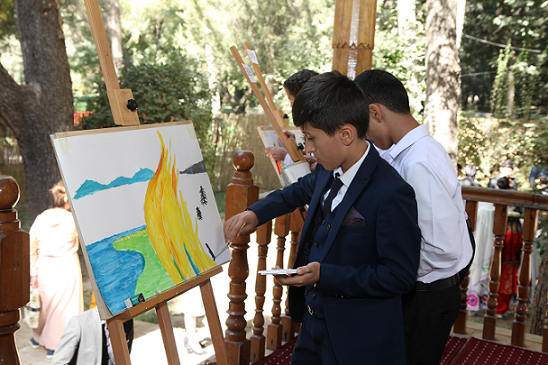
What does the Sendai Framework expect you to do?
When the plan is implemented by people like you, fewer disaster will happen. When a hazard does turn into a disaster, it will be less severe and people will recover faster. Most importantly, future disasters will take fewer lives, fewer jobs, and cause less damage to farms, homes, health and the environment. This will mean that disasters will have less serious and less expensive for everyone
The seven targets of the Sendai Framework
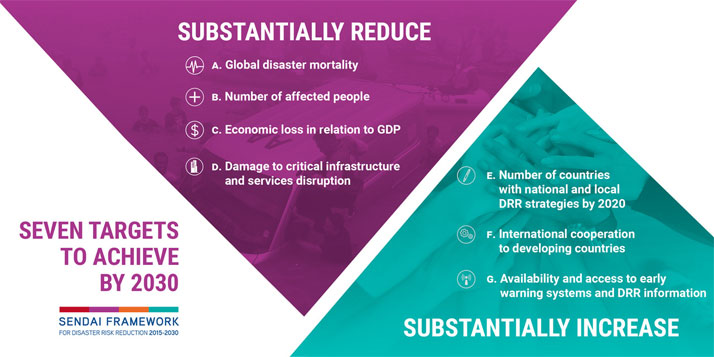
Enhance your knowledge
Enhance your understanding and preparedness by engaging with the Sendai Framework for Disaster Risk Reduction – we have a version of it tailored especially for children. Dive into the interactive learning experience by playing the Stop Disasters game or earn your Disaster Risk Reduction Challenge Badge. Join us in building a safer, more resilient future by taking part in these educational and empowering activities today.
Kids making a difference
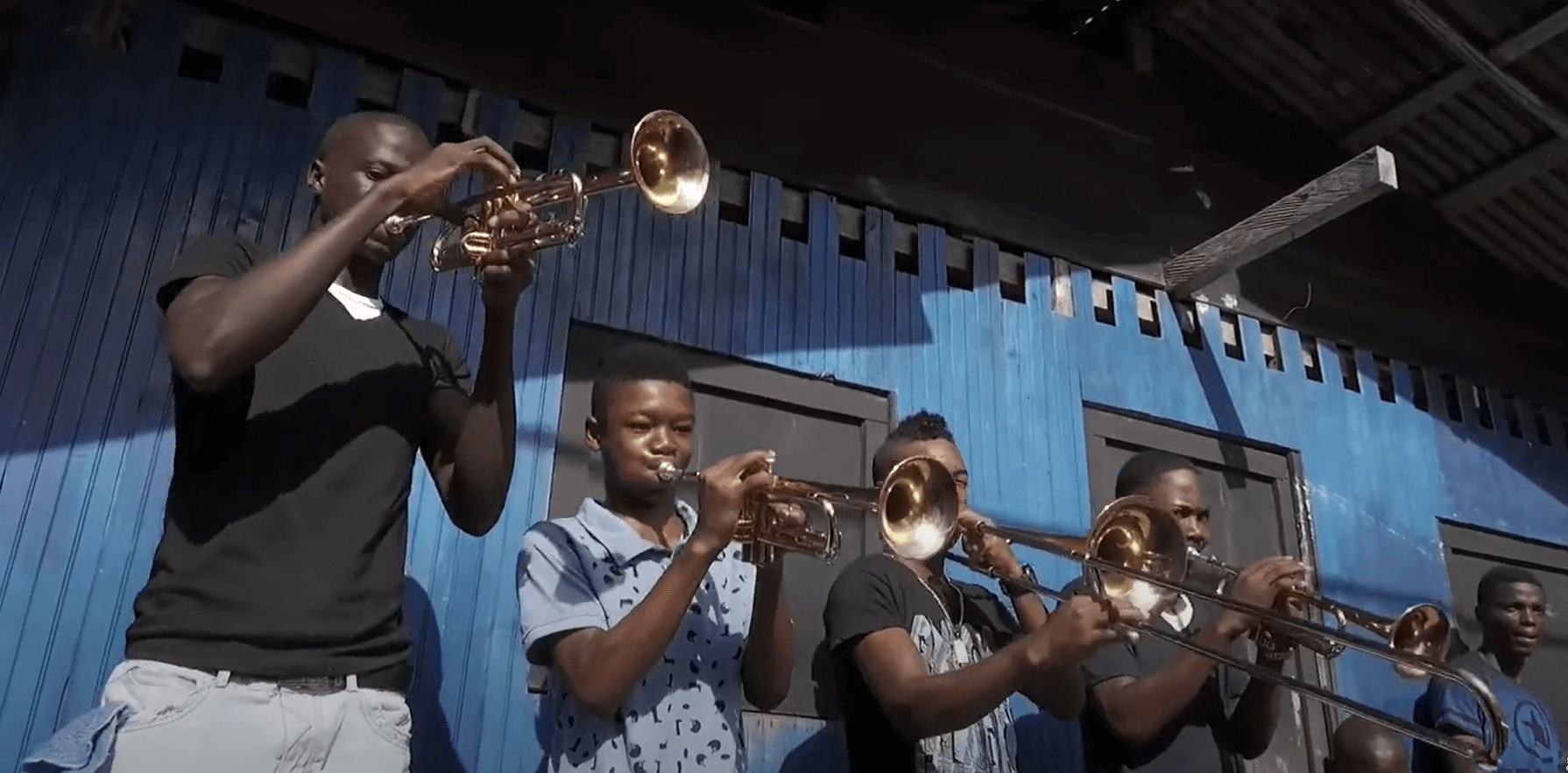
Colombian children and youth learn about and share how to protect their school from risk through music
Children and adolescents from the Pacific Coast of Nariño and Cauca in Colombia are sharing what they know about disaster risk and armed conflict in a song inspired by the school of their dreams. Their song, “A school protected from risk”, uses the spirit and rhythm of music to teach others about the value of protective and protected schools in their community. The lyrics also promote the actions they, their peers and adults can take to make their dreams a reality. The music video further showcases the cultural wealth of Afro-descendants in Colombia through the musical talents of local children and youth.
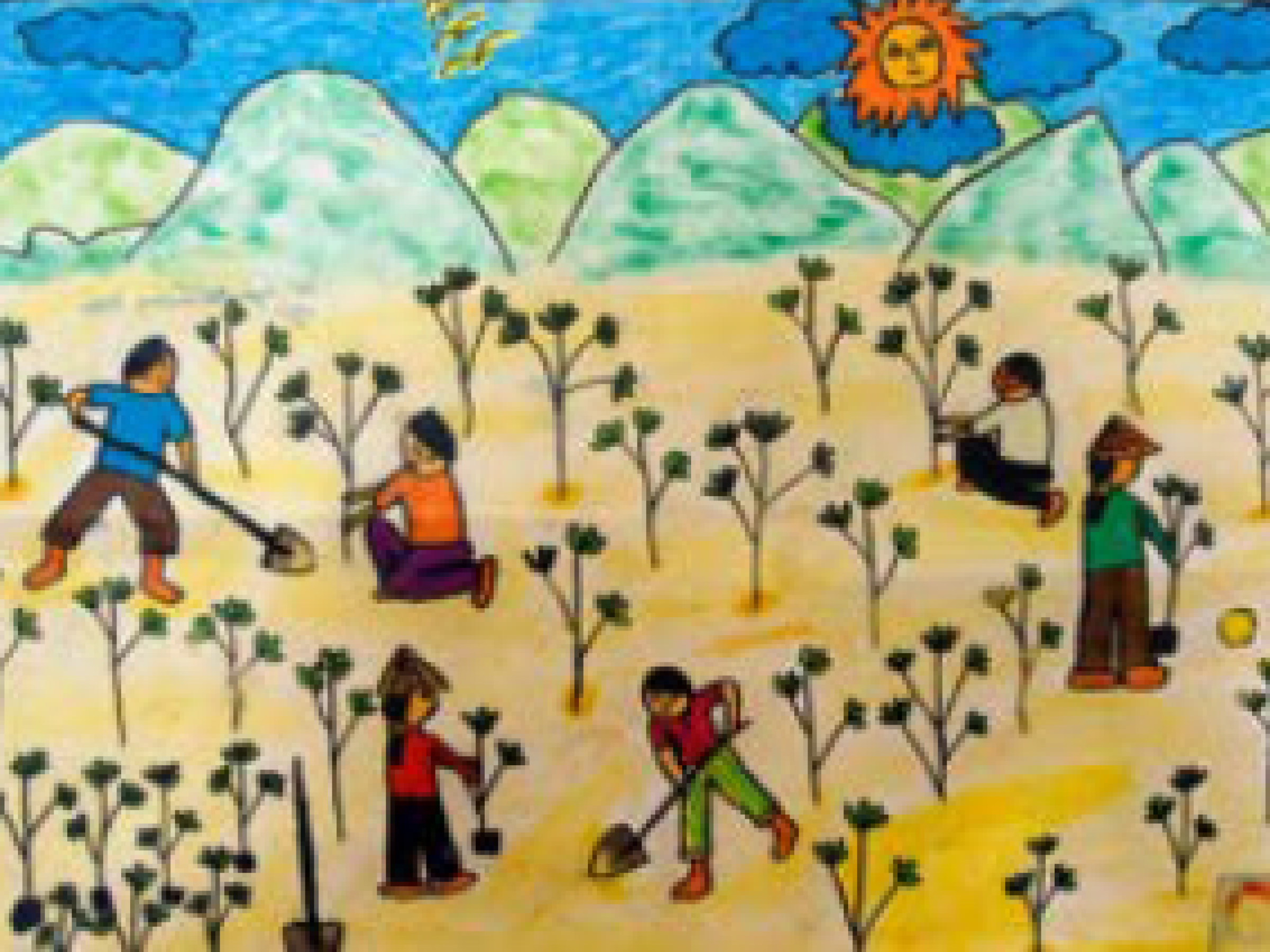
We are green messengers
Children and youth in Vietnam created drawings to show how their coastal village community is building resilience through managing mangrove forests, reducing disaster risk and adapting to a changing climate.
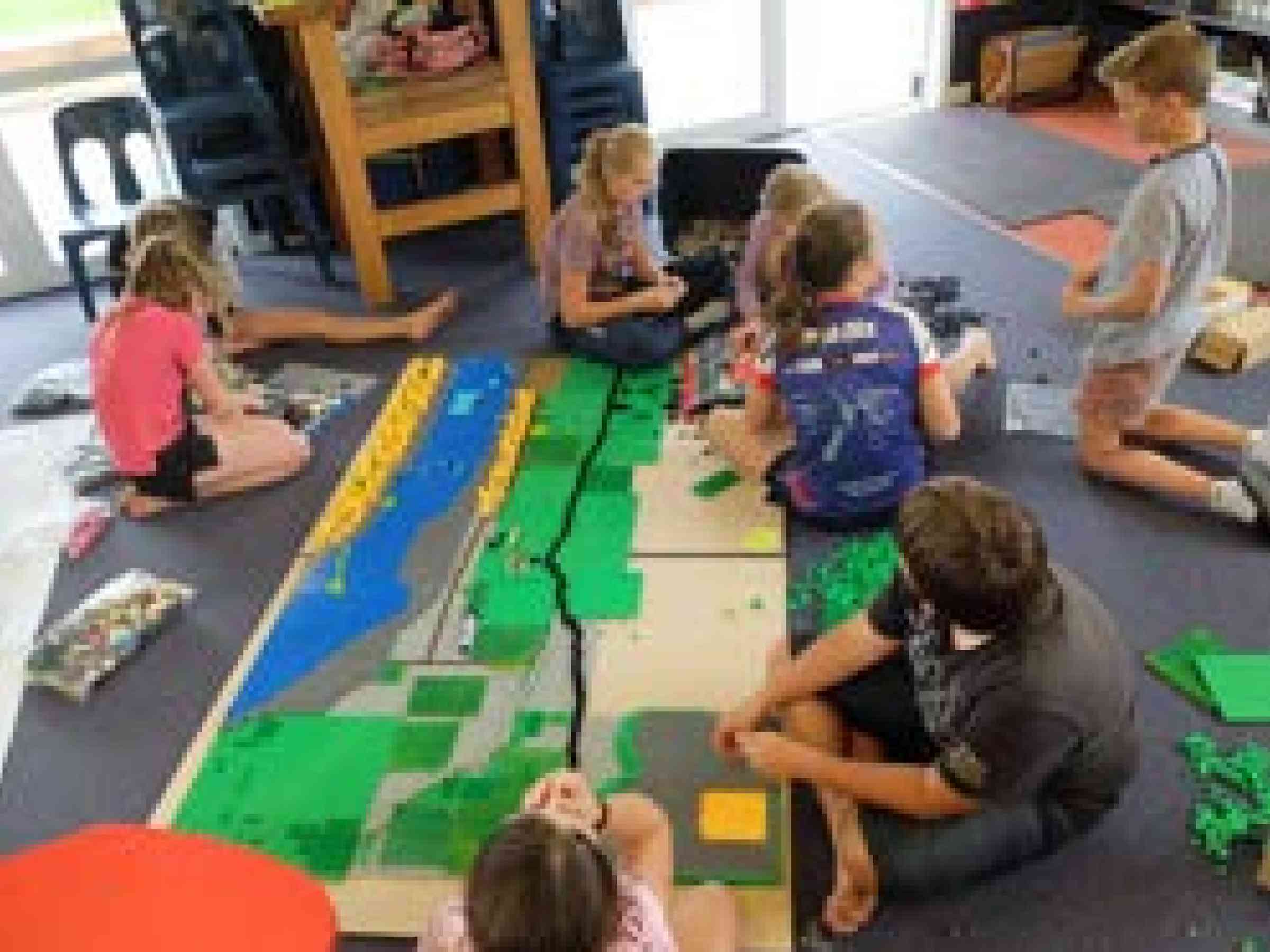
Children use Lego® and Minecraft™ to assess disaster risk and influence local preparedness planning in New Zealand
Teachers, researchers and local civil defence personnel in New Zealand supported children aged 8 to 12 to use both Lego and a georeferenced Minecraft video game world to understand disaster risk and actively map their local hazards, vulnerabilities and capacities. Both tools sparked valuable insights from young participants for DRR planning through empowering processes that proved accessible to all children, including those with dyslexia, learning difficulties or those with disabilities. The resulting child contributions enabled a better understanding of disaster risk to inform and influence the community resilience plan being developed in collaboration with the local civil defence emergency management group.
Examples of what you can do
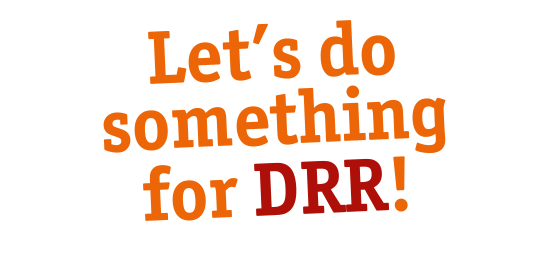
- Draw risk maps to spot danger
- Help others in the family and community understand risks and keep safe
- Protecting nature
